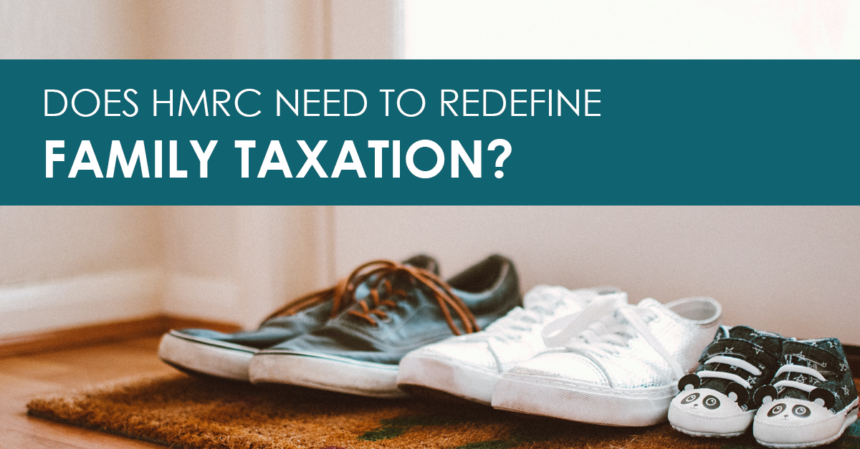The tax position for cohabiting couples is vastly inferior to their married equivalents. Is this now an outdated policy that needs reassessment?
A recent study from the Office of National Statistics (ONS) has found for the first time since records began that more unmarried women have given birth than those who are married or in a civil partnership. Therefore, there is now a question of what constitutes a family for tax purposes.
Notably, Liz Truss has called for more flexibility for families and has proposed changes to allow a non-working spouse’s personal income tax allowance to be transferable in full to their working spouse. If this is an extension to the marriage allowance, the potential additional tax saving from the proposal would be over £2,000 a year, but only accessible to those who are married or in a civil partnership.
From an Inheritance Tax (IHT) perspective, there are also many disadvantages to those who are unmarried. With gifts and legacies between spouses and civil partners generally free, any IHT liability can often be delayed until both spouses have died. In comparison, unmarried couples may be exposed to significant IHT liability in the event of their partner passing away.
All individuals have a nil rate band of £325,000, and usually a residential nil rate band (RNRB) of £175,000, to offset against gifts on death. However, if the family home is left to the bereaved partner of a cohabiting couple, the RNRB is not typically available. With house prices at an all-time high, these individuals may find themselves with a liability of 40% of any value in excess of £325,000.
Speak to our team
If you would like to discuss any of the above in the context of your own circumstances, get in touch with a member of our Private Client Tax team below.
The Team
Our experienced and approachable team are on-hand to assist you, please get in touch below:



